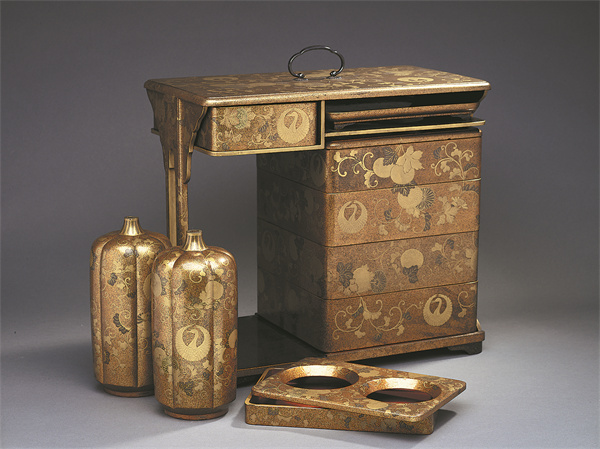

Edo period on show
The ukiyo-e print, the Japanese art form that thrived during the Tokugawa or Edo period (1603-1868), reflects the many aspects of flourishing society then, depicted as a "floating world". People can learn about the economic, social and cultural prosperity of that time through the art. Political stability, agricultural production, handicrafts and commerce resulted in promoting a booming scene for art and culture then. In such artworks, the diversity and richness of urban life is encapsulated in objects used by people in day-to-day life. Fine examples of the aesthetics and lifestyles of the Edo period are now on show at Suzhou Museum, in the historic and idyllic city in Jiangsu province. One piece from Katsushika Hokusai's most iconic collection of prints, Thirty-six Views of Mount Fuji, shows thunderstorms accumulating above the mountain. Other exhibits include incense-burning sets and picnic cases to exemplify the craft work of the time. Objects at the exhibition are from the collection of the Royal Ontario Museum in Canada. The artifacts were traded outside Japan as commodities or taken to North America by Japanese immigrants, and passed on throughout generations before entering the museum. The exhibition ends on May 21.
9 am-5 pm, closed on Mondays.204 Dongbei Street, Suzhou, Jiangsu province. 0512-6757-5666.